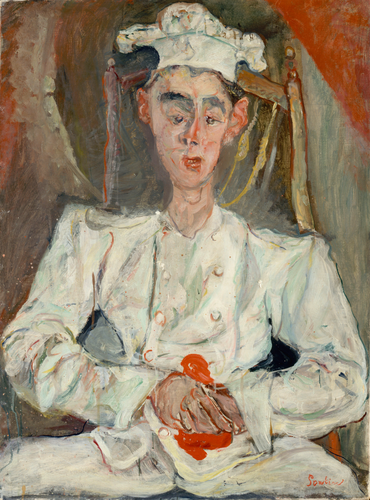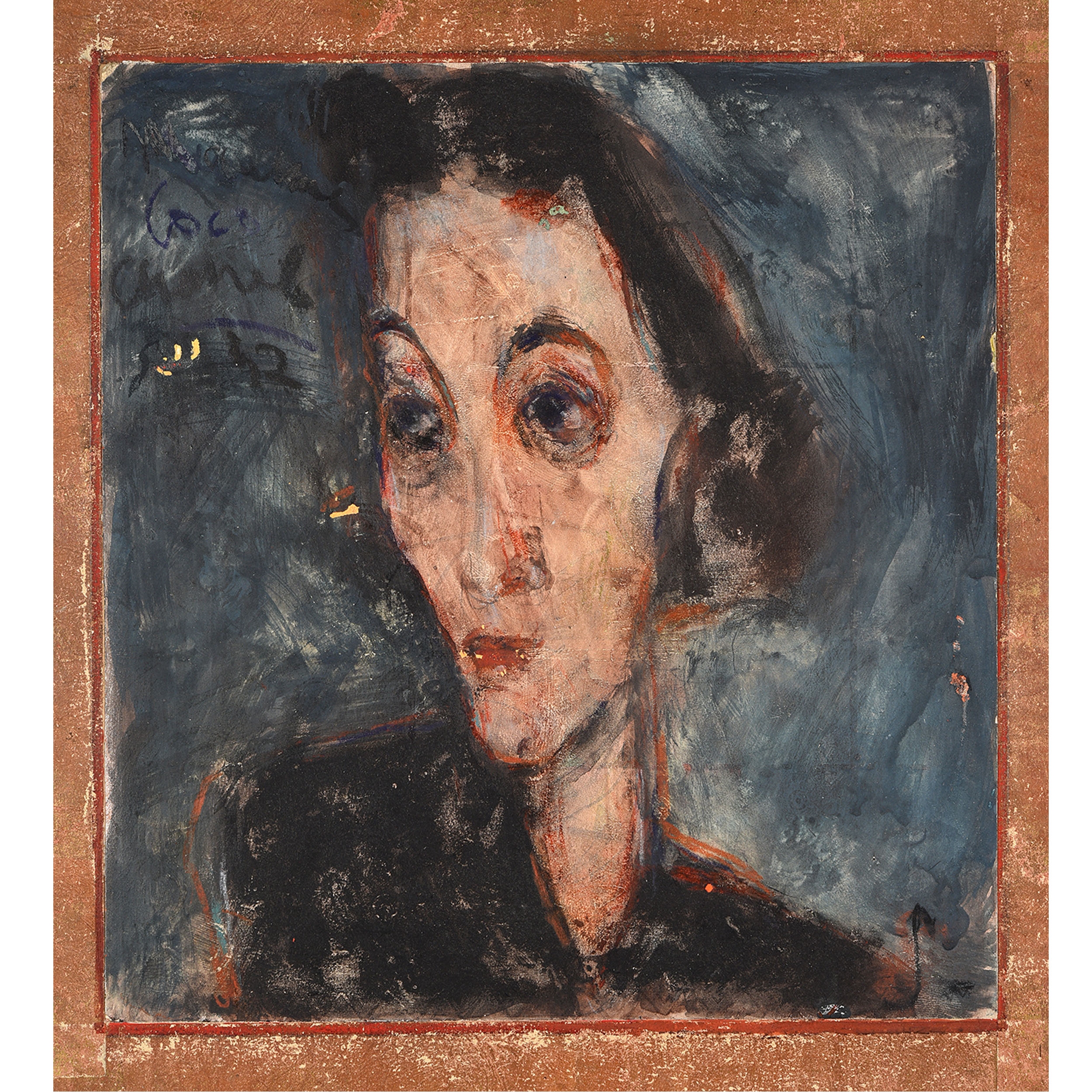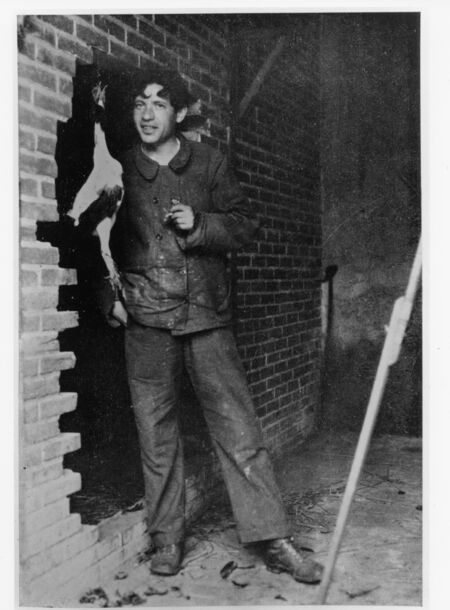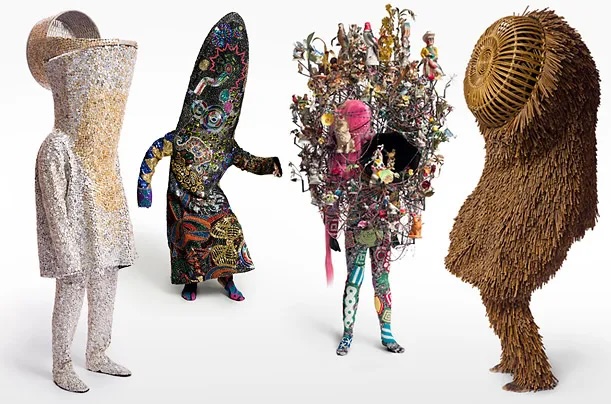 |
| Chaim Soutine |
 |
Chaïm Soutine, Le Petit Pâtissier, between 1922-1923, oil on canvas
|
 |
| Chaim Soutine, Portrait of Madeleine Castaing, French, born Lithuania ca. 1929 |
 |
Chaim Soutine, Portrait of Coco Chanel, 1942
|
Woman 1920
by Chaim Soutine
In spite of the fact that Soutine's figure paintings, like his depictions of other subjects, are characterized by extremely deformed, violent brush work and strident color contrasts, they are extremely deft in their visualization of the individuality and character of their subjects. A weak youth, the sun-burned face of a farm wife, a proud woman of the elite, and the timid servant, such are his images.
In Mad Woman, the wide-eyed stare, drawn face, stiffly tensed shoulders and arms, and wildly disheveled hair all give a sense of weird tension to the composition. This impression is further heightened by the woman's red clothing and the rough brushwork. In contrast to Chagall, who was also raised in a Jewish community, and Chagall's nostalgia for his people and hometown, Soutine, possibly because of a persecution complex born of the poverty and oppression of his childhood, was always violent in his expression of the erupting ugliness of the world. His figure paintings anticipate those of Francis Bacon, who depicted "Mankind in the hell of one's own circumstances." Soutine's deformation of materials until they become the subject themselves were precedents for the Informalist artist, Jean Fautrier. (Source: Masterpieces of the National Museum of Western Art, Tokyo, 2009, cat. no.114)
Credit: All rights reserved. Exhibited on USEUM with the permission of the rights owner.
 |
| Chaim Soutine with a chicken, hanging in front of a broken brick wall, Le Blanc, western France (Indre), 1927. Source |
 |
| Chaim Soutine, Chicken Hanging Before a Brick Wall, 1925 Source |
 |
| He then had a board that he made that he would rest on the arms of the armchair as a desk table and on top of that he had cut some billiard felt that was glued on top of it, and it was slightly carved out for where his tummy was. When he sat down ... the first thing he did was get a brush and brush the felt on his lap desk so it was all clean. He always had six pencils with an electric sharpener that he would sharpen at the beginning of each session. His work sessions were very strict — he worked from 10 until 12 every day and then again from 3 until 5 every day. And that was it. Even if there was nothing to write he would still, as he would say, "put his bottom on the chair." |







No comments:
Post a Comment